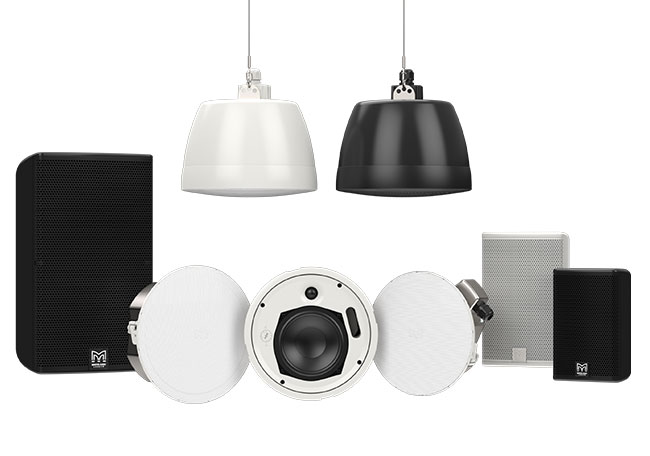Highlighting the Influence of Lighting Conditions on Motion Detection Precision and Reliability
Highlighting the Influence of Lighting Conditions on Motion Detection Precision and Reliability
Blog Article
Lighting conditions have a significant role in how well we can detect motion. Movement detection is a critical component of different technologies, including surveillance cameras, automated illumination systems, and even certain gaming applications. Comprehending the ways various illumination conditions influence our ability to perceive movement can assist enhance the design and effectiveness of these technologies. For example, inadequate lighting can result in overlooked movements or incorrect alerts, while optimal lighting can enhance the precision of motion detection systems.
In well-lit illumination conditions, movement detection is generally more accurate. When there is ample illumination, sensors and cameras can obtain sharper images, which assists in identifying moving elements. Well-lit environments allow for better contrast between the moving element and the surroundings. This contrast is crucial for both visual viewers and mechanical systems, as it facilitates it easier to differentiate between stationary and dynamic objects in a scene. Thus, ensuring that spaces are well-lit can greatly enhance the effectiveness of motion detection technologies.
Conversely, low-light conditions can present difficulties for motion detection. In low-light settings, darkness can obscure dynamic objects, which makes them hard to detect. Additionally, the eye struggles to perceive movement in low light, which can result in misinterpretation of the situation in the environment. Cameras may also face challenges, as many do not take a look at the site here perform well in dim conditions without the use of infrared capabilities or other enhancements. These restrictions highlight the importance of adequate lighting in environments where motion detection is essential.
Moreover, various kinds of lighting can have varying effects on motion detection. For example, fluorescent lights can flash, which might mislead motion detection technologies that rely on steady light input. On the other hand, daylight provides a steady form of lighting that improves visibility. Comprehending these differences in lighting types can assist operators in choosing the most suitable illumination for specific article uses, especially in surveillance and safety scenarios.
In conclusion, the relationship between lighting conditions and movement detection precision is important. By making sure that environments are appropriately lit, we can enhance the reliability of movement detection technologies. This understanding not only supports tech uses but also enhances security and safety in multiple environments. As more advancements are made in movement detection systems, taking into account lighting conditions will remain a vital factor in optimizing performance and ensuring that these systems function effectively in different environments.